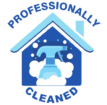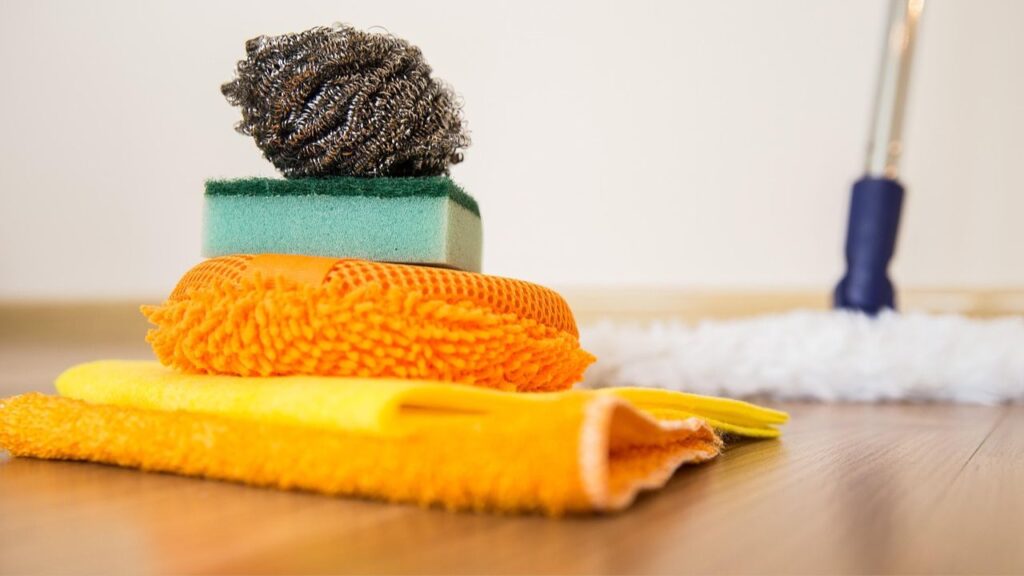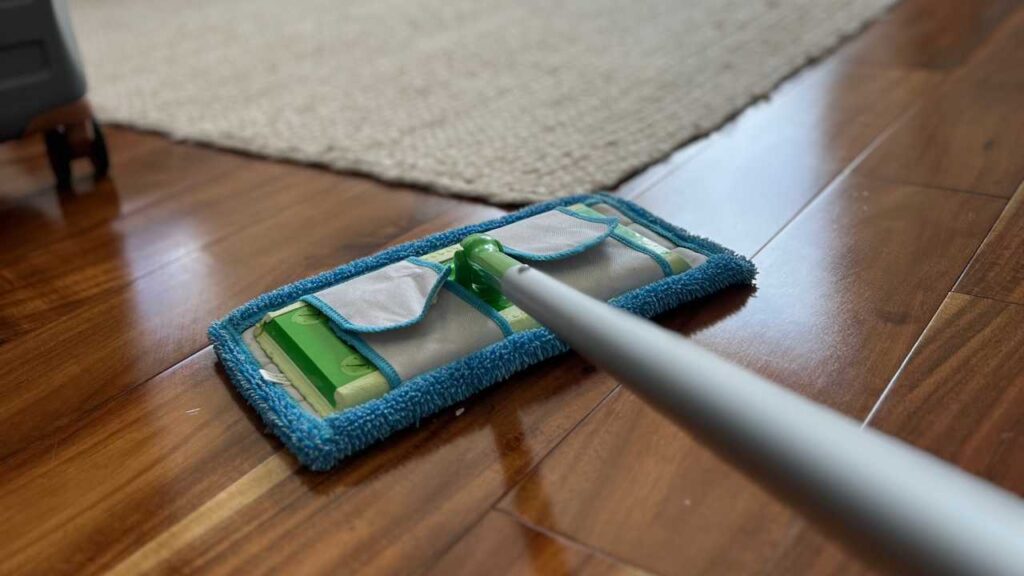When we think about cleaning the house, we usually focus on the floors, bathrooms, kitchens, or windows. But we rarely pay attention to something crucial: the tools we use to clean. Brooms, cloths, mops, and sponges are the perfect place for dust, grease, and bacteria to accumulate.
The problem is that when we use them without washing them, we end up spreading dirt from one place to another, leaving the house less hygienic than we think. In other words, cleaning efforts can be wasted if the tools aren’t in good condition.
The Cleaning Tools That Collect the Most Dirt
- Brooms and mops: trap dust, hair, and food particles in their bristles.
- Cloths and microfiber towels: retain moisture and grease, making them breeding grounds for bacteria.
- Kitchen sponges: among the most contaminated household items, since they come into contact with food and damp surfaces.
How to Keep Them Clean and Effective
- Wash and disinfect after every use
- Cloths should go into the washing machine or soak in hot soapy water.
- Sponges can be disinfected by soaking them in vinegar or placing them in the microwave for a few seconds (only if they don’t contain metal).
- Let them dry completely
Moisture encourages mold and bad odors. Hang them up or place them in a ventilated area. - Replace them regularly
Even with proper care, cleaning tools have a limited lifespan. Replace sponges every 2–3 weeks, and swap out cloths or mops when they become worn or develop bad smells.
Conclusion
Keeping your cleaning tools in good condition is just as important as cleaning the house itself. A dirty cloth won’t make a table shine, and a broom full of dust will only push dirt around. By making tool hygiene a habit, your home will be truly clean, and your effort will go much further.



